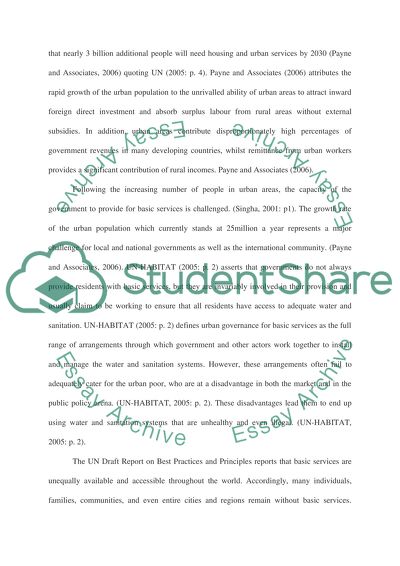Cite this document
(“Community Management Essay Example | Topics and Well Written Essays - 3000 words”, n.d.)
Retrieved de https://studentshare.org/sociology/1534911-community-management
Retrieved de https://studentshare.org/sociology/1534911-community-management
(Community Management Essay Example | Topics and Well Written Essays - 3000 Words)
https://studentshare.org/sociology/1534911-community-management.
https://studentshare.org/sociology/1534911-community-management.
“Community Management Essay Example | Topics and Well Written Essays - 3000 Words”, n.d. https://studentshare.org/sociology/1534911-community-management.


